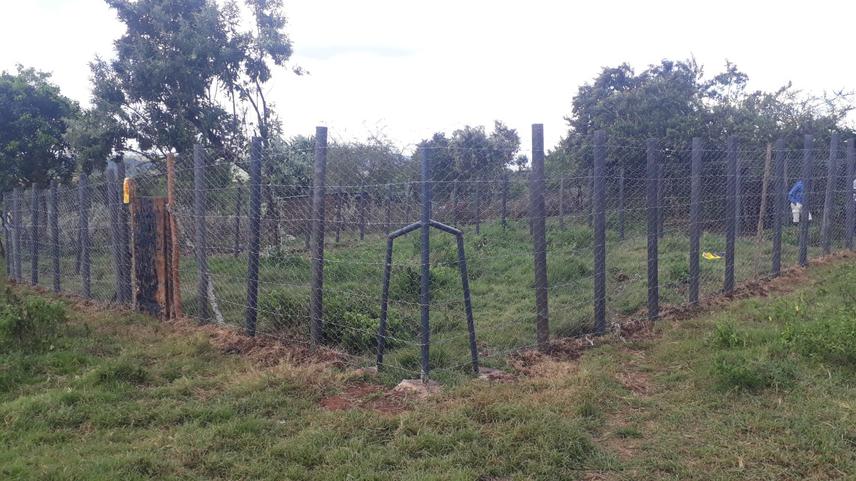Elizabeth Wakoli
Other projects
The project is a scale up investigations into human wildlife conflicts in Conservancies within the Mara ecosystem in Kenya. It focuses on human-carnivore conflict mitigation measures, as part of build-up activities from the previous phase, having identified livestock depredation as the most prevalent and severe conflict type in the Conservancies covered. In the current phase, additional Conservancies (Olkinyei, Naboisho, Olare orok and Nashulai) have been included, with the aim of establishing conflict types, causes, trend of occurrences and to make comparisons with previously studied Conservancies to ascertain whether the conflict situation is similar or varies

The project is a build-up from the previous phase, under the auspices of the 1st Rufford Small Grant (RSG), which focussed on understanding HWC in Conservancies within the Mara Ecosystem. The first phase, however, covered only six out of eighteen Conservancies. This phase is therefore to scale up investigations to four additional Conservancies to examine and understand patterns of HWC in selected conservancies. Additionally, the project tests and implements some proposed human wildlife mitigation measures in Conservancies covered in the previous phase. Specifically, it addresses human carnivore conflicts and sensitizes the local communities on better ways of dealing with such unfortunate incidents. Analysis from the first project phase revealed that livestock depredation is the most prevalent conflict type, with hyenas and lions being the main problematic culprits. To counter livestock depredation, local communities retaliated by poisoning baited prey and left-over carcasses, which not only killed targeted predators but also non-targeted species such as vultures.
A key objective of the project is to understand prevalence human wildlife conflict (HWC) in community Conservancies, causes and trend of occurrences, in order to come up with robust HWC resolution strategy, with a view to minimizing wildlife loss due to conflicts and promote coexistence between humans and wildlife without necessarily eliminating one to allow survival of the other. These will involve actions such as: Establishment of model predator-proof kraals (bomas) to address livestock depredation cases. As shown by previous work in phase one, a common conflict was livestock depredation in kraals, and therefore the most effective way to control this was to enhance security to control wildlife entry into livestock Kraals.
Sensitization and Awareness creation: previous surveys also established that community sensitization and awareness creation amongst communities could be an effective way of dealing with HWCs. The project will promote simple, cost effective and sustainable mitigation measures to curb escalated cases of livestock depredation, which subsequently resulted in unintentional killings of some wildlife species such as vultures through carcass poisoning.
Networking and Linkages between different Conservancies: Findings of the project will be essential in promoting networking amongst the different Conservancies, since they are a set of connected areas within the Mara ecosystem. The project will endeavour to establish means through which the Conservancies can network and operate jointly and will aid in establishing ways of addressing common conflict problems.